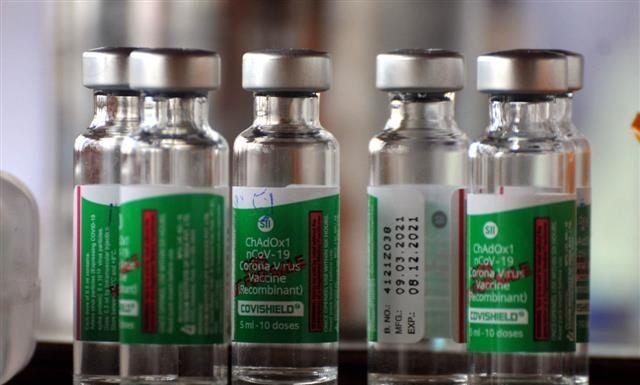
World Stroke Day is observed on October 29th each year, and in 2024, it continues to play a vital role in raising awareness about stroke prevention and treatment. This day emphasizes the importance of understanding stroke symptoms, recognizing risk factors, and promoting healthy lifestyle choices. The theme for 2024 focuses on empowering communities with knowledge and resources to combat stroke effectively.
Understanding Stroke
A stroke occurs when the blood supply to the brain is disrupted, leading to potential brain damage. There are two main types of strokes:
- Ischemic Stroke: This is caused by a blockage in a blood vessel, often due to a blood clot.
- Hemorrhagic Stroke: This occurs when a blood vessel bursts, leading to bleeding in or around the brain.
Understanding these types is crucial for effective treatment and prevention.
The Statistics Behind Stroke
Stroke is a significant global health issue. According to the World Health Organization, strokes account for approximately 11% of total deaths worldwide and are a leading cause of disability. In 2024, it is estimated that around 13 million people will experience a stroke, highlighting the urgent need for awareness and preventive measures.
Recognizing Stroke Symptoms
Being able to identify the symptoms of a stroke can save lives. The FAST acronym is a simple way to remember the warning signs:
- Face drooping: One side of the face may appear numb or uneven.
- Arm weakness: One arm may feel weak or numb.
- Speech difficulty: Speech may become slurred or difficult to understand.
- Time to call emergency services: If you notice any of these signs, call for help immediately.
In addition to these, other warning signs can include sudden confusion, difficulty walking, or a severe headache.
Risk Factors Contributing to Stroke
Understanding the risk factors that contribute to stroke is essential for prevention. They can be categorized into two groups:
- Modifiable Risk Factors: These include high blood pressure, high cholesterol, smoking, obesity, and physical inactivity. Making lifestyle changes can significantly lower these risks.
- Non-Modifiable Risk Factors: Age, family history, and certain medical conditions (like atrial fibrillation) cannot be changed but can be managed with medical intervention.
Lifestyle Changes for Prevention
Adopting a healthier lifestyle is crucial for reducing stroke risk. Here are some effective strategies:
- Diet: A diet rich in fruits, vegetables, whole grains, and lean proteins can help maintain a healthy weight and lower blood pressure.
- Exercise: Regular physical activity can strengthen the heart and reduce the risk of stroke.
- Avoiding Tobacco: Quitting smoking is one of the most significant steps you can take to reduce your stroke risk.
- Moderating Alcohol Consumption: Limiting alcohol intake can also help in maintaining overall health.
The Role of Healthcare Providers
Healthcare professionals play a critical role in the prevention and management of stroke. They can provide education on recognizing symptoms and risk factors and offer screenings to identify potential issues early. Community outreach programs can further help raise awareness about stroke and its prevention.
Treatment Options for Stroke
Prompt treatment is essential when a stroke occurs. For ischemic strokes, clot-busting drugs may be administered, while hemorrhagic strokes may require surgery to repair blood vessels. Rehabilitation is also crucial, as it helps survivors regain lost skills and improve their quality of life.
Innovations and Research in Stroke Care
Medical research continuously seeks to improve stroke care. Advances in technology, such as telemedicine and remote monitoring, are becoming increasingly important for patient management. Ongoing clinical trials are exploring new treatments and interventions that could improve outcomes for stroke patients.
World Stroke Day Activities in 2024
Various events and campaigns are organized worldwide to celebrate World Stroke Day in 2024. These activities include public awareness campaigns, community health fairs, and educational workshops. Individuals are encouraged to participate in local events and share information on social media to raise awareness about stroke prevention.
The Global Perspective on Stroke
The burden of stroke is not uniform worldwide; access to treatment and care can vary significantly by region. Collaborative efforts are necessary to ensure that stroke prevention and treatment strategies are available to everyone, regardless of location.
Stories of Survival and Recovery
Many stroke survivors have inspiring stories of resilience and recovery. These accounts often highlight the importance of early intervention, rehabilitation, and support from family and friends. Sharing these stories can motivate others and emphasize the importance of awareness and prevention.
Conclusion
World Stroke Day 2024 serves as a powerful reminder of the need for increased awareness, education, and preventive measures against stroke. By coming together as a community, we can promote better understanding, support those affected, and work towards a future with fewer strokes. Let’s continue to spread the word and advocate for better healthcare solutions to combat this debilitating condition.
FAQs
- What is World Stroke Day?
World Stroke Day is observed on October 29th to raise awareness about stroke prevention, symptoms, and treatment. - How can I reduce my risk of having a stroke?
Adopting a healthy lifestyle, managing risk factors, and regular health check-ups can help lower stroke risk. - What should I do if I notice signs of a stroke?
If you notice any signs of a stroke, such as face drooping or speech difficulties, call emergency services immediately. - What are the long-term effects of a stroke?
Long-term effects can include physical disabilities, cognitive challenges, and emotional difficulties, which vary for each individual. - How can I support stroke awareness initiatives?
You can support stroke awareness by participating in local events, volunteering, and educating others about stroke prevention and symptoms.




































